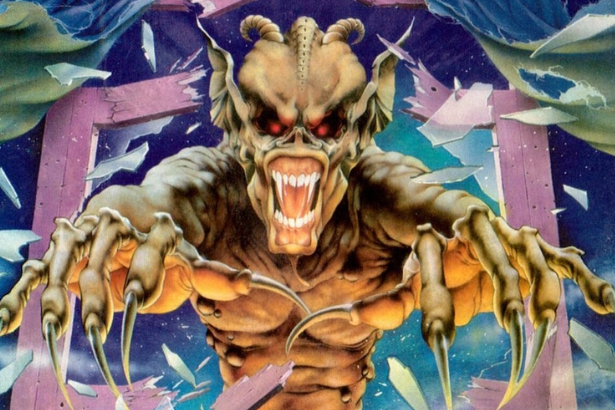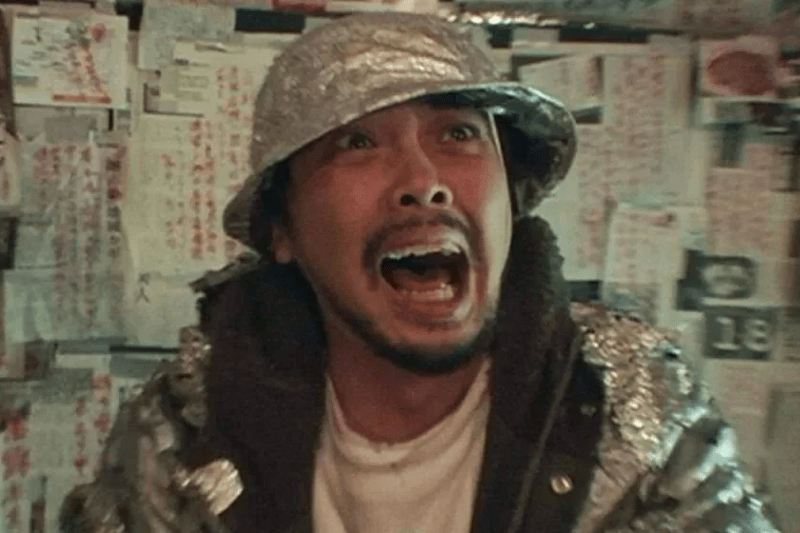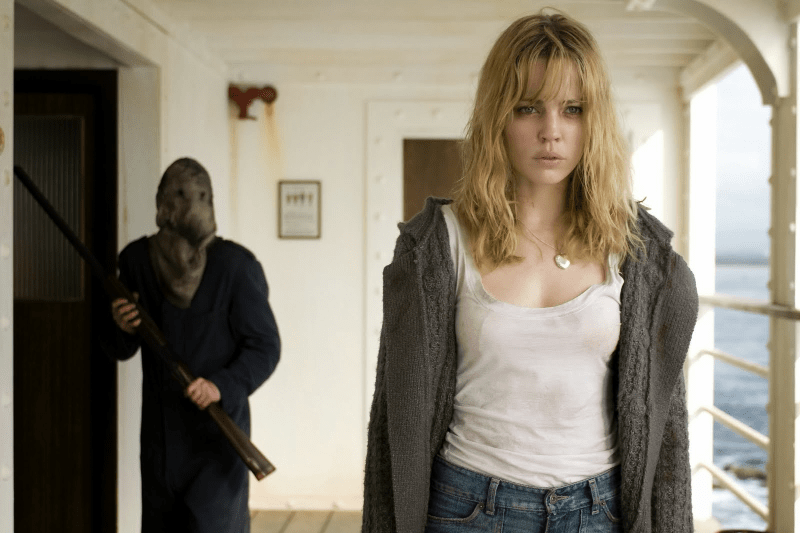It’s the early aughts, and I’m playing Mario Kart with my buddy in his basement. Mid-race, his little brother dashes down the stairs, leaps in front of me possessing a gleaming butcher knife, and says, “I’m gonna cut you.” Even more unsettling was how he screamed when his mother snatched the blade away from him.
Decades later, I still find kids terrifying. Don’t get me wrong – they’re great. I love my two nieces to death. But children are unpredictable, aggressive, and sometimes violent. You can never really be sure what they’ll do. That’s why the killer kid film has long been a staple in the horror genre, going back as far as The Bad Seed. Yet throughout all that time, few have achieved such stark terror as Tom Shankland’s The Children.
Not to be confused with the 1980 film of the same name that features atomic kids who kill with hugs (seriously), Shankland’s The Children takes a much darker—and scarier—approach. In it, we meet Casey (Hannah Tointon), an angsty teen who has just arrived with her family at her aunt and uncle’s house for Christmas vacation. Trapped there for the weekend with four adults and four tykes, she hopes to catch a ride from a friend and escape. But when the little ones begin acting strange – dismissed by the adults as kids being kids – Casey finds herself caught in a nightmare far worse than the average family gathering.
Outside of some exceptions, the killer kid sub-genre generally features over-the-top premises that, while fun, bely believability. Cooties has zombie children infected by rotten chicken nuggets. Both versions of Village of the Damned give birth to telekinetic beings from outer space. Stephen King’s Children of the Corn involves youngsters worshipping a monstrous corn god. Shankland’s film, however, understands that it doesn’t need any of that for kids to be scary.
Here, the filmmaker establishes that there may be some kind of disease spreading amongst the children – whether it’s Casey’s cousin, Leah (Rafiella Brooks), coughing up a glob of mucus, or one of the others vomiting in the snow-swept woods. But there is little suggestion – at least until the third act – that this is anything more than the common cold. Instead, they exhibit what most adults would pass off as normal (albeit bad) behavior. Casey’s brother, Paulie (William Howes), slaps his father after being playfully shaken. Her sister, Miranda (Eva Sayer), claws at her aunt’s face when she tries to feed her peas.
They scream. They cry. They speak gibberish. Typical kid stuff.
Only Casey recognizes that something is wrong. Through her, The Children exhibits the anxieties some of us feel when it comes to the idea of being a parent. She flinches at the noise they make. She grows uncomfortable under their stares. She runs from the responsibility, just as her mother, Elaine (Eva Birthistle), tried with her. As Casey mentions in reference to the tattoo of a baby on her belly, “I’m the abortion that got away.” The generational divide hangs heavy over the film, perhaps best expressed by the contrast of the adults all wearing dark clothing while everything associated with the children is bright and colorful.
Even Casey has a streak of purple in her hair, caught in that middle ground between childhood naivety and cynical adulthood. Unlike the adults, the kids have yet to have their worldview soured. Elaine and her sister, Chloe (Rachel Shelley), mention how bad their mother was, with Elaine in particular fearing she will be just like her. Casey has developed that same dread of parenthood, later punctuated by the grotesque image of a baby doll shoved into her uncle’s guts. She tries to get away, attempting to have a friend pick her up when she’s supposed to be watching the tots. Can’t entirely blame her. The responsibility of caring for a child and failing them is scarier than any corn monster. And that fear is exactly what The Children capitalizes on.
The adults in The Children look the other way when the kids begin exhibiting signs of an illness because they don’t want to believe that anything is wrong. Not believing makes it easier for them to dismiss each violent occurrence with a rational explanation. It feels like an accident when Uncle Robbie (Jeremy Sheffield) trips onto a sled and crashes into the hooks of Nicky’s (Jake Hathaway) wagon. Paulie lures Elaine onto a jungle gym, where she is pushed by another kid, breaking her leg. This is what kids do. They play rough. Sometimes, they play too rough. My baby sister once threw a Pepsi bank bottle at my head. Another time, she pushed me into a cactus. It happens. For all the parents know, the sickness that has taken over their children is simply making them act out more aggressively than usual – adding that much more horror to the realization that they must either fight back or meet their end at the hands of their own blood.
The most difficult experience a parent can face is the loss of a child. Shankland knows this, showing zero restraint when it comes to the taboo-shattering that this sub-genre inevitably reaches: the killing of kids. To call The Children brutal would be an understatement. Shankland’s film goes straight for the jugular in its depiction of violence against little ones, putting the characters and the audience through agonizing hell. The director doesn’t cut away from what happens to these kids or display it through shadows on the wall. He gets us up close and personal when Elaine pulls Paulie away from Casey, accidentally throwing him onto a shard of glass that pierces his heart.
The camera lingers when she again saves Casey, slamming Miranda with a car and into the back of another, her little body slowly sliding down the rear glass. These aren’t comedic deaths like in Cooties or cheer-worthy reliefs like when Malachai gets his comeuppance in Children of the Corn. These deaths hurt. They make us sick. Worst of all, they force us to consider if we could do the same in that situation, knowing the answer is likely no. We’d sit there as Elaine does in one scene, muttering that she can’t, even as Nicky starts to cut her belly.
Not knowing what’s wrong with the children only increases the devastation of the situation by the time Chloe and Elaine come across a horde of pale kids in the end, black circles wrapped around their frozen eyes. Shankland offers hints of an alien disease through images of spaceships and such scattered throughout but smartly chooses to keep the cause a mystery. Generation after generation, we do things without any idea of how it will affect the next until it’s too late.
Made amid the war between the U.S. and Iraq – at the early stages of what would become a school shooting epidemic, and with the effects of Global Warming becoming more apparent – The Children hits on the always timely fear that the kids are not, in fact, all right. It tears at the knowledge that we let them down by failing to listen to them. Elaine’s uneasy stare at Chloe as she wonders if her last surviving child will become infected says it all.
Is Chloe sick, too? Will Elaine be punished by the other child she didn’t pay attention to? Is the whole world doomed for ignoring our kids? Facing the realization that we’ve failed in our responsibility to leave a brighter future for the next generation – well, that right there is true horror, my friends, a terror that few killer kid films have played with as effectively (or as memorably) as The Children.







